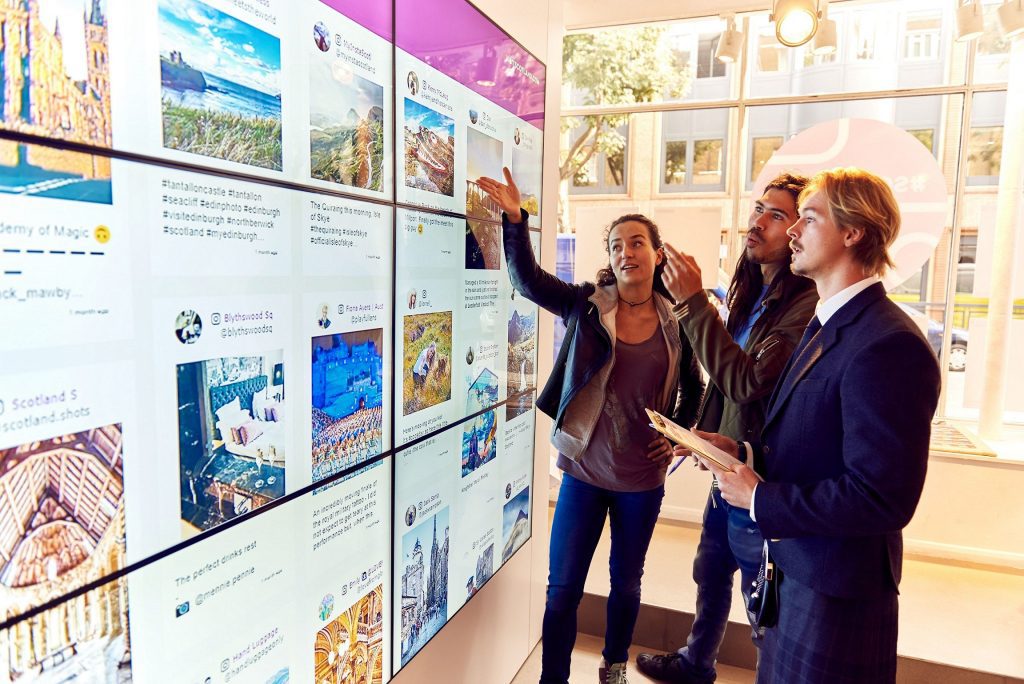Is the Visitor Center Dead? Scotland and LA Have Opposing Answers in the Mobile Era

Skift Take
Destinations with visitor centers are adjusting their strategies to ensure their locations are being effectively utilized. The concept of a mobile or pop-up visitor center is also becoming more common, and is certainly a trend to watch in 2018.
Visitor centers were, for decades, one of the first stops many travelers made when they first got to a place.
But with the growth of smartphones and mobile devices – essentially providing much of the same information a brick and mortar visitor center would have – some tourism boards feel that visitor centers have been rendered obsolete.
VisitScotland, for example, last month said that it will close 39 visitor centers, or two-thirds of its facilities, in the next two years. That would leave 26 "high-impact regional hub" visitor centers across the country, said Barbara Clark, a spokeswoman for VisitScotland.
Clark said foot traffic to VisitScotland visitor centers has fallen 58 percent over the past 10 years. Along with closing visitor centers, the tourism board is also launching an effort to dispense information about local tourism businesses and attractions, and deploying four mobile visitor-center vans across Scotland.
VisitScotland said its data show two-thirds of visitors to Scotland access information about the country online. "Our research shows us that visitors are switching to wanting their information at a time and place that suits them," said Clark.
"The first thing visitors do when they arrive in Scotland is switch on their mobile phone and VisitScotland is responding to this by an ongoing investment of around £10 million ($11.1 million) in digital and innovative information channels," she said.
But VisitScotland has also found that travelers want to learn about the destination from locals, too. About half of Scotland's visitors prefer to get information on what to do from locals, and one-third would like to get information from their accommodation provider
